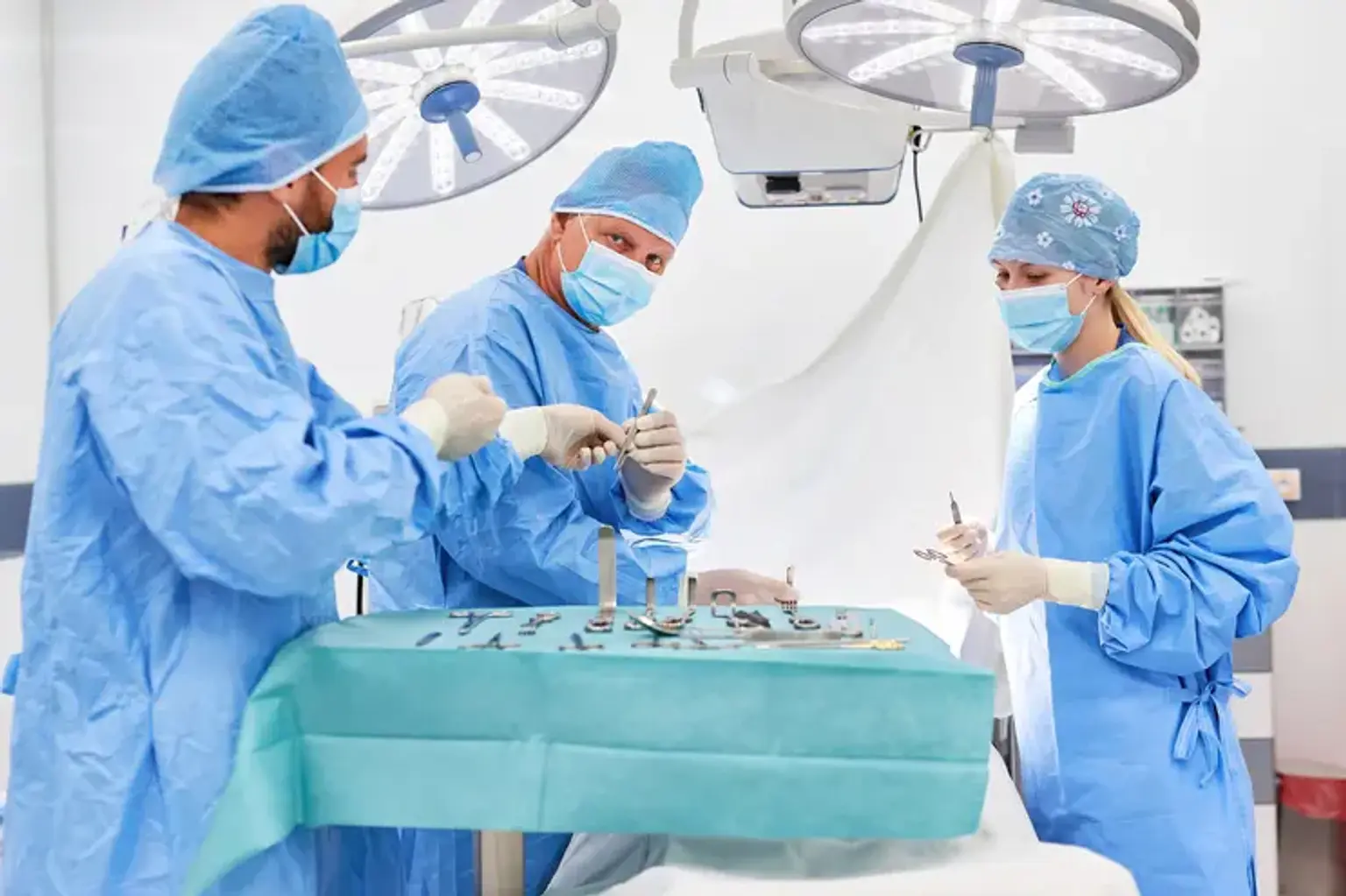Supportive surgery
Overview
Cancer is a disease of the cells, which are the foundation of the human body. The body is continually producing new cells to help us in growing, replacing old cells, and healing damage. This procedure can go wrong, causing the cell to become atypical. The defective cell continues to divide, producing other abnormal cells, which might aggregate and form a mass known as a tumor. Tumors are classified into two types:
- Benign tumors are not cancer. They do not spread to other parts of the body.
- Malignant tumors are cancer. They can spread to other parts of the body.
Cancer may begin anywhere within the body since our bodies are made up of cells. Cancer is most commonly seen in the skin, intestines, breasts, prostate, and lungs. Primary cancer refers to the location where the cancer first appears. Doctors are sometimes unable to determine where the cancer began. This is referred to as cancer of unknown primary.
